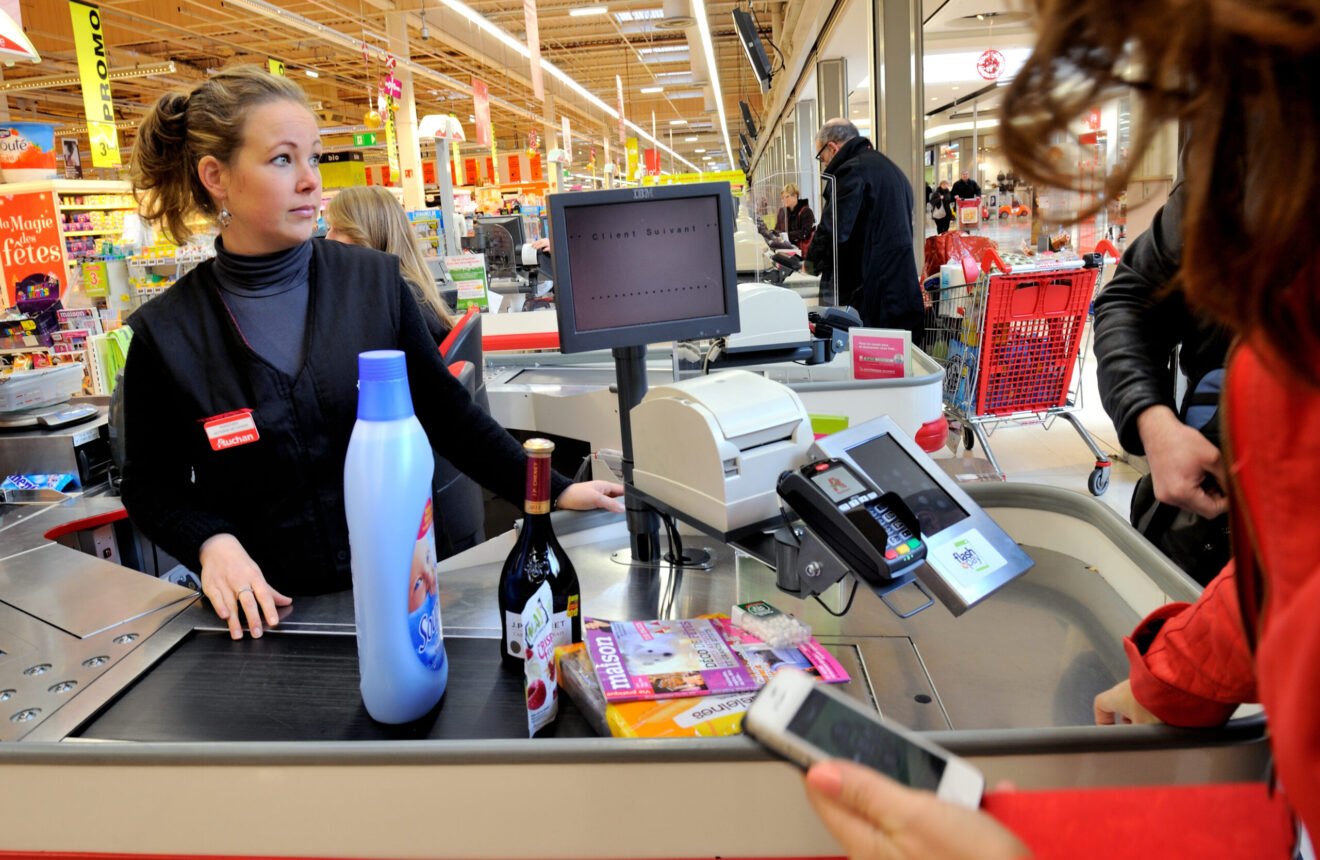As more consumers adapt to an increasingly digitized society, grocers and CPG companies have evolved swiftly to capture shoppers’ attention. Not only is it good business, but it’s essential, considering that digital content influenced 51% of grocery purchases in 2016, and 34% of grocery shoppers used their smartphones while in-store to help choose brands.
That was the takeaway from Deloitte’s Katie Dye, who presented on this topic at the recent GMA Leadership Forum when she shared the results of Deloitte’s recent study,The Grocery Digital Divide. While 41% of grocery shoppers use grocers’ apps, 27% use the app of a consumer products company, the report indicated.
Read on for three more takeaways about grocery digitization gleaned from the GMA Leadership Forum.
1. Be ready to engage consumers with digital options
Retailers can use their digital offerings to catch the attention of consumers even when they aren’t shopping, said Louise Keely, global head of retail with Nielsen.
“The phone allows retailers to engage with consumers before they come into the store as they’re going through the week,” Keely said. “They start to set up a list or fill a shopping cart in the app and once they’re in the store, the app can take them through the store and provide them with offers.”
Those offers should be based on the consumers’ specific interests, Keely advises. “The data that’s available to retailers and brands now provide them with a much better understanding of consumer behavior and needs so offers can be tailored to individual consumers,” she said.
2. Seek customer feedback when going digital
Although consumers are eager to use apps, that doesn’t mean the retailer or brand can just quickly create one that isn’t user-friendly. And if an app includes notifications, it’s even more imperative that the company creating it ensures that it isn’t intrusive.
“If an app is going to interrupt someone while they shop, make certain that whatever it’s offering is helpful to customers, because the customers come first,” said Bob Mariano, former CEO of Roundy’s, Inc. Therefore, Mariano advises, ask consumers for feedback and input so they can essentially help design the app. Make it easy to opt out of notifications and have them opt in to other features, such as whether they want to be alerted to new product recommendations based on their purchase history.
3. Let the digital shift optimize marketing
The developing digital landscape doesn’t just impact how consumers shop — it also changes other features of the overall retail experience.
Digital options can allow grocers and brands to market their products to consumers without having to spend millions on advertising. “We live in a variable cost marketing world, which means with the right branding and the right content marketing, you can be really thoughtful about a brand and have a go-to market strategy that costs you next to nothing,” said Jonathan Scherr, head of strategic partnerships with CircleUp, during the Forum’s breakout session, “The Future of Retail Reality.”
In addition, the digital landscape creates new competition for brands, said Jay Nikolich, vice president of eCommerce with Pharmavite. “We’re built to sell a product, create scale, get it into a retailer — that’s our basic model,” he said. “But now we aren’t playing by the same rules, and it can be very disruptive, but it also changes the competitive landscape.”
For instance, he said, while Nature Made vitamins only compete against specific brands in brick-and-mortar retail locations, consumers who go online and search for a term such as “Vitamin D” will find scores of competitors, including organics, naturals, local firms and more. “It completely shifts the landscape,” he said.
__________________________________________________
If you enjoyed this article, join SmartBrief’s email list for more stories about the food and beverage industry. We offer 20 newsletters covering the industry from restaurants to food manufacturing.
